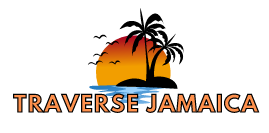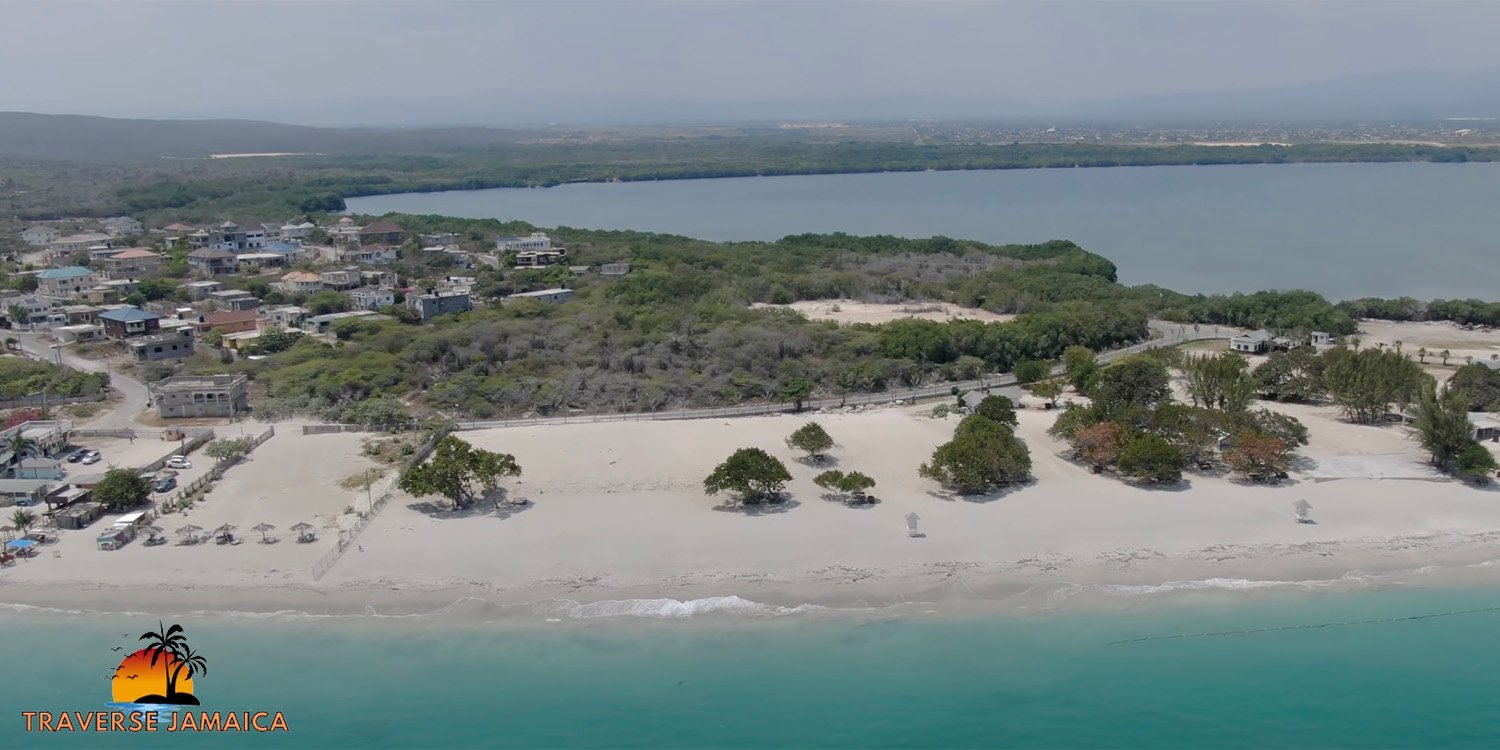Nestled just off the coast of Portmore, Jamaica, the Salt Island Lagoon National Park offers visitors a tranquil escape into one of Jamaica’s unique and lesser-known ecosystems. Known for its stunning natural landscapes, biodiversity, and rare coastal habitats, this park is a haven for nature enthusiasts, bird watchers, and anyone looking to experience a side of Jamaica beyond the beaches and bustling cities. Here, we’ll dive into everything you need to know about Salt Island Lagoon National Park, from its natural wonders and visitor tips to nearby lodging options for a comfortable stay.
Overview of Salt Island Lagoon National Park
Salt Island Lagoon National Park spans a lush, lagoon-filled environment that showcases a pristine example of Jamaica’s coastal wetlands. The park features salt ponds, mangrove forests, and a lagoon that attracts a wide range of wildlife, especially birds. Its remote and relatively undeveloped nature makes it one of Jamaica’s most serene and unspoiled locations, providing a contrast to the urban environment of Portmore, only a short distance away. As an essential part of Jamaica’s environmental heritage, the park is not only a place for recreation but also plays a critical role in coastal protection, biodiversity preservation, and environmental education.
Attractions and Activities in Salt Island Lagoon National Park
1. Wildlife and Birdwatching
- The park is a paradise for birdwatchers, with sightings of ibises, herons, egrets, ospreys, and other migratory birds that nest within the mangrove forests and wetlands. Salt Island Lagoon National Park’s location along migration routes makes it an ideal resting spot for birds, offering ample opportunities for both amateur and professional birdwatchers to observe Jamaica’s rich avian life.
- Pro tip: Early mornings and late afternoons are the best times for birdwatching. Bring binoculars and a field guide to identify the diverse bird species.
2. Mangrove Forest Exploration
- The mangrove forests at Salt Island Lagoon National Park are a vital part of the ecosystem, helping to prevent erosion and provide habitat for marine and land animals. Visitors can embark on guided tours of the mangrove areas to learn about the flora and fauna that rely on this habitat.
- These tours often highlight how mangroves serve as nurseries for fish and crustaceans, supporting the local fisheries and contributing to the marine biodiversity in nearby coastal areas.
3. Hiking and Nature Walks
- For those who enjoy the outdoors, the park offers a variety of hiking trails that weave through the mangrove forests and salt flats. These trails provide scenic views of the lagoon, and along the way, visitors might encounter exotic plants and wildlife.
- Some trails lead to lookout points with expansive views of the lagoon, perfect for photography or simply enjoying the scenery.
4. Kayaking and Canoeing
- The calm waters of the lagoon are ideal for kayaking and canoeing, allowing visitors to explore the park from a unique vantage point. Paddling through the lagoon offers close-up views of the mangroves and provides a peaceful way to appreciate the park’s natural beauty.
- Rentals are available, but visitors are also welcome to bring their own equipment. Ensure you have proper safety gear, and be mindful of the tides and currents in certain areas.
5. Educational Programs and Guided Tours
- Salt Island Lagoon National Park regularly hosts educational tours and activities focused on conservation, ecology, and local culture. These programs are ideal for families, schools, or anyone interested in learning about Jamaica’s coastal ecosystems.
- Guided tours are led by knowledgeable park rangers who can provide insights into the lagoon’s biodiversity, the importance of mangrove conservation, and the environmental challenges the area faces.
Essential Visitor Information
- Park Hours: Generally open from 8:00 AM to 5:00 PM, though hours may vary on weekends and holidays. Check in advance for any seasonal closures or restricted areas.
- Admission: A small admission fee may apply, which supports the park’s conservation efforts. Discounts are often available for children, students, and seniors.
- Facilities: Limited facilities are available, so it’s advised to bring water, snacks, and sun protection. Basic restroom facilities are usually accessible near the entrance.
- Accessibility: Some areas may be difficult for those with mobility issues due to natural terrain, though guided tours can be arranged to accommodate specific needs.
- Rules and Guidelines: The park maintains strict no-littering and no-disturbance policies to protect wildlife. Please respect all park rules and stay on marked trails to avoid disturbing sensitive areas.
Nearby Lodging Options
While there aren’t any accommodations within Salt Island Lagoon National Park itself, there are several options nearby, allowing visitors to enjoy both the park’s tranquility and the convenience of staying close to Portmore.
1. The Grand Portmore Hotel
- Location: Just 15 minutes from the park
- Amenities: Features spacious rooms, an outdoor pool, on-site dining, and complimentary Wi-Fi.
- Highlights: Ideal for families or groups, with easy access to Portmore’s main attractions, including Fort Clarence Beach.
2. Portmore Guesthouse Retreat
- Location: Approximately 10 minutes away
- Amenities: Offers affordable, cozy accommodations with private rooms and communal spaces, including a kitchen and garden area.
- Highlights: Known for its homely atmosphere and friendly hosts who can provide tips on exploring the area.
3. The Waterfront Villa
- Location: A short drive from the park, near Hellshire Beach
- Amenities: This luxurious villa provides private beach access, stunning sea views, a fully equipped kitchen, and spacious living areas.
- Highlights: Ideal for those seeking a blend of comfort and style; perfect for larger groups or family stays.
4. Riverside Eco-Lodge
- Location: About 20 minutes from the park, along the Rio Cobre River
- Amenities: Offers rustic cabins with river views, guided nature tours, and eco-friendly practices.
- Highlights: A great option for eco-conscious travelers who appreciate staying in harmony with nature.
Practical Tips for Visiting Salt Island Lagoon National Park
- Best Time to Visit: The dry season, from December to April, offers ideal conditions for exploring the park without the frequent rain showers of the wet season.
- Dress Accordingly: Light, breathable clothing, along with a hat and sunscreen, is recommended to protect from the tropical sun. Sturdy shoes are essential for the trails, especially if you plan to explore mangrove areas.
- Respect Wildlife: Refrain from feeding or disturbing animals in the park, as this can harm the ecosystem and create dependency among wildlife.
- Bring Supplies: Since facilities are limited, bring enough water, snacks, and a small trash bag to pack out your waste.
Conclusion
Salt Island Lagoon National Park is a hidden treasure waiting to be discovered by those who seek peace, natural beauty, and a deeper understanding of Jamaica’s diverse ecosystems. From kayaking through mangroves to birdwatching along the lagoon’s edge, the park offers something for every nature lover. Its proximity to Portmore makes it accessible, yet it feels worlds away from the city’s hustle and bustle. Whether you’re a resident or a traveler, Salt Island Lagoon National Park is a must-visit destination that showcases a side of Jamaica often overlooked by mainstream tourism.









